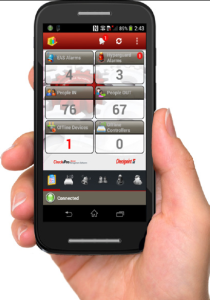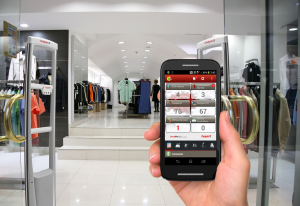At the height of the United States recession back in 2008, employee theft and crimes committed by dishonest employees were at the highest. Although the US and global economy seem to have been recuperating for a while, the theft committed by employees does not seem to abate. Billions of dollars are lost to employee theft and shoplifting every single year, and many small businesses cannot cope with the financial loss, and close their doors for good. Hiring the right kind of employee can be an asset to your company, or a detriment to your business. Look for more info. about this topic by following the links below.
The Employee Investigation: Does It Pass the Smell Test? Part 2
The Traits of the Dishonest Employee Will Often Help Us to Identify Them.
In our last column we looked at the red flags indicating a large scale fraud or embezzlement was likely being committed by employees. Further exploring the elements of the employee investigation, we will now look at the behavioral indicators of the simple thief at work within the organization. Birds of a feather stick together—their behaviors and pasts are indicators of how they will act, and serve as predictors of future behavior.
While today’s analytics and data mining can quickly focus on anomalies in the numbers indicating probable theft problems, there was a time when investigators did not have this advantage. Some companies do not yet have these systems so it might be useful to go “old school” with our employee investigation and look for thieves by their behaviors.
Let’s take a look at the red flags we have found to be most useful in ferreting out the dishonest associate during the employee investigation. As we noted in our last column, there are great differences between an employee who is a thief and one who is a fraudster or embezzler. While at the end of the day both types are stealing from the organization, their methods are different as are the red flags indicating dishonesty.
Is Amazon Shaming Warehouse Workers Into Not Stealing?
Amazon allegedly uses silhouettes to get its point across.
Amazon could be shaming workers into not stealing products from its vast warehouses, according to a new report.
Amazon AMZN 0.79% uses flat-panel televisions, or in some cases, bulletin boards, to highlight each morning the workers it needed to fire or have arrested for stealing products at its warehouses, Bloomberg isreporting, citing interviews with nearly a dozen current and former Amazon employees. Those employees toldBloomberg that Amazon posts silhouettes containing the word “terminated.” Amazon then details what those people stole and how they did it, according to the report. Amazon will even provide details on its value.
The e-commerce giant did not respond to a request for comment on the Amazon report.
Warehouse workers have long used anonymous services, such as Glassdoor.com, as well as protests, to fight Amazon’s treatment. Indeed, the company has been the subject of a slew of protests outside its warehousing facilities over the years, most notably in Germany, where workers tend to strike during peak holiday seasons in hopes of increasing wages. Each time, Amazon has said that its shipments would not be affected and that its workers are paid fairly for their jobs.
OBPD attempts to help local businesses prevent shoplifting
Osage Beach
Retail loss is one of the most challenging aspects of doing business.According to the National Retail Federation, shoplifting accounts for 38 percent of an estimated $44 billion in retail losses each year. Inventory shrinkage includes shoplifting, employee/internal theft, administrative errors and vendor fraud or error.The Osage Beach Police Department wants to help area merchants slow that retail loss, a loss that ultimately is passed along to consumers.
The OBPD hosted a Meet and Greet Partnership Meeting recently with nine retailers to discuss retail theft issues, to give pointers and allow retailers to share tips and trends. Several area businesses, law enforcement, financial institutions and prosecuting attorneys were invited.
Sgt. Arlyne Page, communications officer with OBPD, said the department began a crime prevention program in 1981, and more recently has held meetings with Osage Beach Premium Outlet managers to coordinate prevention efforts among retailers. Target store management encouraged meetings last spring, and a month ago asked the OBPD to host a meeting on shoplifting and retail and digital fraud.

 In the past when managers discussed employee theft they mostly talked about the tangibles. They talked about their problems with staff stealing product, supplies and money – the physical things which can be touched and seen.
In the past when managers discussed employee theft they mostly talked about the tangibles. They talked about their problems with staff stealing product, supplies and money – the physical things which can be touched and seen.




